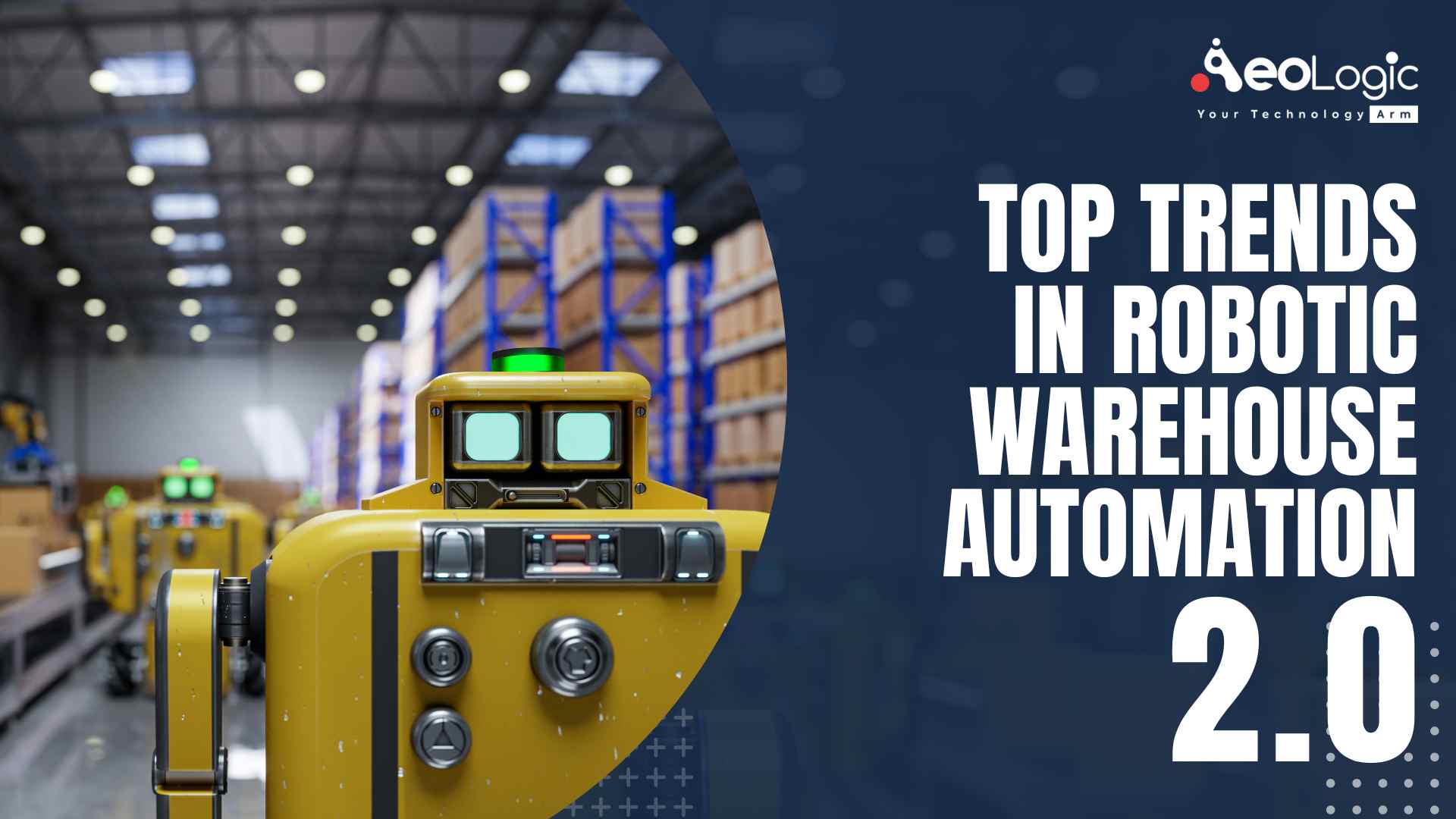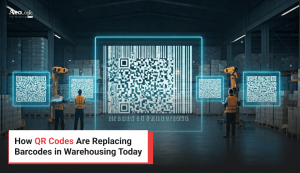Since warehouses are in demand and are now big business. Because of the increasing eCommerce and fast shipping expectations, warehouse space and efficiency is paramount. Therefore, businesses are opting for several trends in robotic warehouse automation 2.0.
Several trends in robotic warehouse automation 2.0 are helping in meeting the demand for space and increasing productivity.
In this article, we go over the top trends in robotics warehouse automation 2.0.
1. Multi-cloud-based Warehouse Management System (WMS)
Cloud-based warehouse management solutions are helping with the critical functions of day-to-day warehouse operations. Hence, utilizing a cloud-based system offers warehouse management a streamlined platform for improving communications and inventory management.
Also Read: How RFID Solutions Help in Inventory Management
2. Mobile Robots as a Service (RaaS)
Raas is a rental service that is enabling warehouses to lease autonomous mobile robots (AMRs) through a subscription plan. Thereby, leasing robots as required instead of purchasing them outright benefits warehouses financially and operationally in several ways.
3. Automated Storage and Retrieval Systems ASRS
Various computer-controlled automated storage systems are storing inventory in a compact footprint. And therefore, efficiently retrieve merchandise when needed. These systems are helping warehouses maximize space vertically and horizontally.
Vertical storage can be extended to heights beyond human reach. Moreover, spacing storage shelving can be placed closer together due to ASRS systems’ small dimensions.
4. Internet of Things (IoT)
IoT entails connected objects’ potential of collecting and exchanging data in real time through embedded sensors. In supply chain management, an RFID tag is placed on each item that needs to be tracked, supplying important data to support critical decision-making.
IoT can be utilized throughout the global supply chain enabling better communication between suppliers and customers. IoT in warehouse management is providing visibility into the supply chain process from ordering to shipment delivery or third-party logistics warehouses.
5. Big Data and Analytics
Additionally, warehouses are producing enormous amounts of data. Thus, requiring analytics to make sense of it all. Big Data consists of massive datasets that go beyond what is generally used to manage and process data in a single company.
Moreover, Big Data Analytics is allowing warehouses to monitor and track inventory, across the supply chain and into the external world. Analytics of large amounts of data are also facilitating supply chain leaders to make critical decisions based on accurate projections.
6. Collaborative Robots (COBOTS)
Cobots are robots designed for operating with direct human interaction. These robots are assisting with automation by completing monotonous, physically demanding, complex, or hazardous tasks.
Cobots can be flexible and easily programmable. Hence, adding to their synergy with human employees. Commonly used for inspection and picking. These automated guided vehicles are allowing workers to concentrate on tasks requiring problem-solving skills
7. Voice Picking
This order fulfillment process is utilizing voice commands for communicating with warehouse workers. Also known as voice-directed warehousing or pick-by-voice
This system is paperless and often has a multi-language potential for common languages. A voice-picking system will be enhancing productivity by decreasing errors and increasing efficiency.
8. Wearables
Wearables are small computers that warehouse staff can strap to their wrists, head, or body parts while working. Wearable technology frees up warehouse workers’ hands, boosting speed and accuracy.
Connected to cloud-based technology enables the data they produce to be uploaded immediately. Thus, improving inventory and order fulfillment accuracy.
Also read: RFID for Asset Tracking and Inventory Management
9. Smarter Layouts
A warehouse layout consists of the interior and exterior of a warehouse. Warehouses today are using technology like automated shelving to help with data flow and inventory management.
10. Drones
Drones are gaining popularity in warehouse automation as they are often associated with flying outside. These are having the potential of flying around to scan pallets and count inventory. They connect to cloud-based WMS, submitting gathered data instantly. Some warehouse drones can scan 200-400 pallets per hour.
Conclusion
Finding cost-effective trends in robotic warehouse automation 2.0 is critical for warehouse management and the brands they serve. Therefore, warehouse demand will increase along with eCommerce growth.
Thus, retailers must meet customer demand for order accuracy and delivery speeds that can compete with retail giants like Amazon.
Contact us today at support@aeologic.com if you’re looking for cost-effective warehouse robotics and warehouse automation solutions that can scale with you.
FAQs
How IoT can be utilized in a warehouse?
With IoT, a warehouse can be aware of each moving part. Connected sensors are helping to track each asset across the premises. Subsequently, smart shelves in warehouses are helping to broadcast inventory information and warn warehouse managers of low stock, displaced products, unsuitable temperatures, theft, and so on.
Why the warehouse automation security is necessary?
Employees no longer required to spend time and effort on maintaining daily logs and registers. Hence, this inherently is improving the accuracy of the data recorded. Also, reducing the number of guards required to monitor the facility. Thereby, significantly reducing expenses incurred on remunerating guards.








